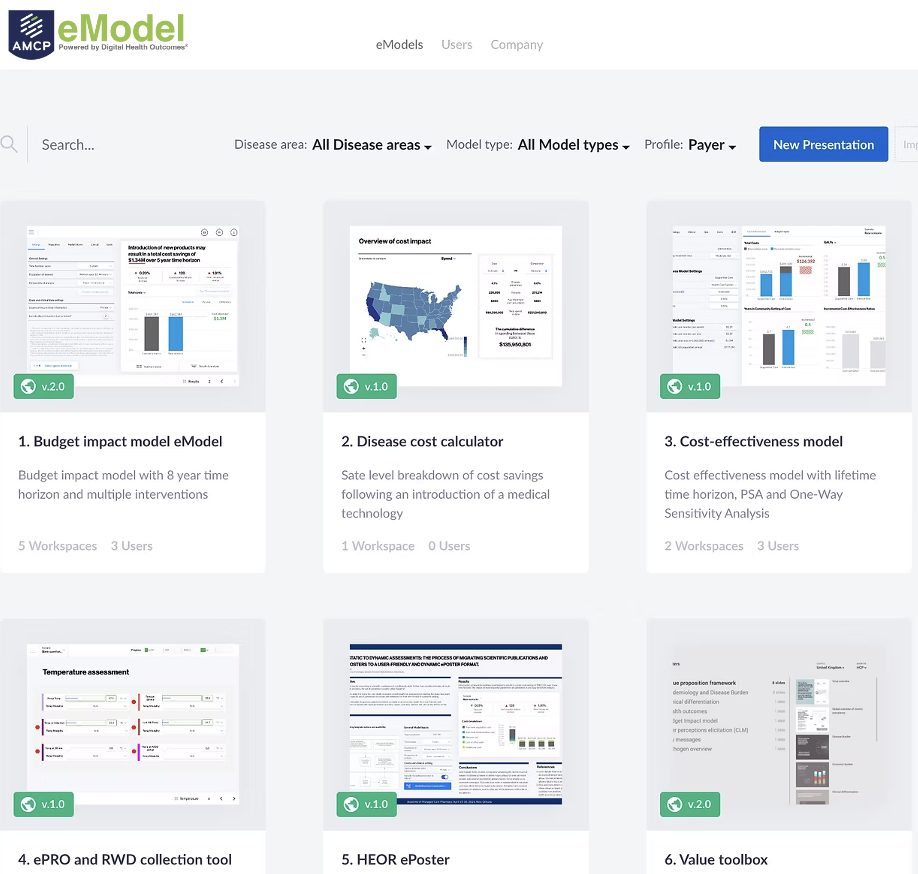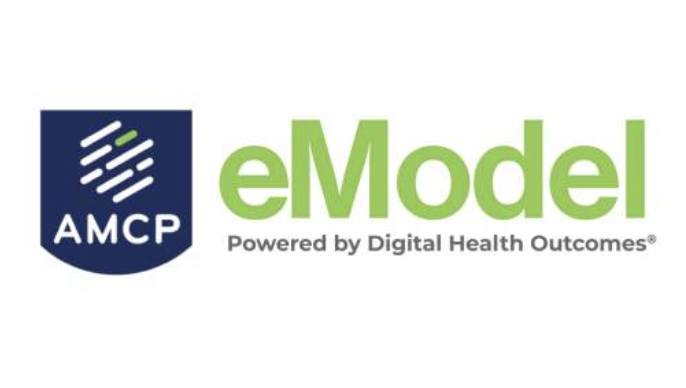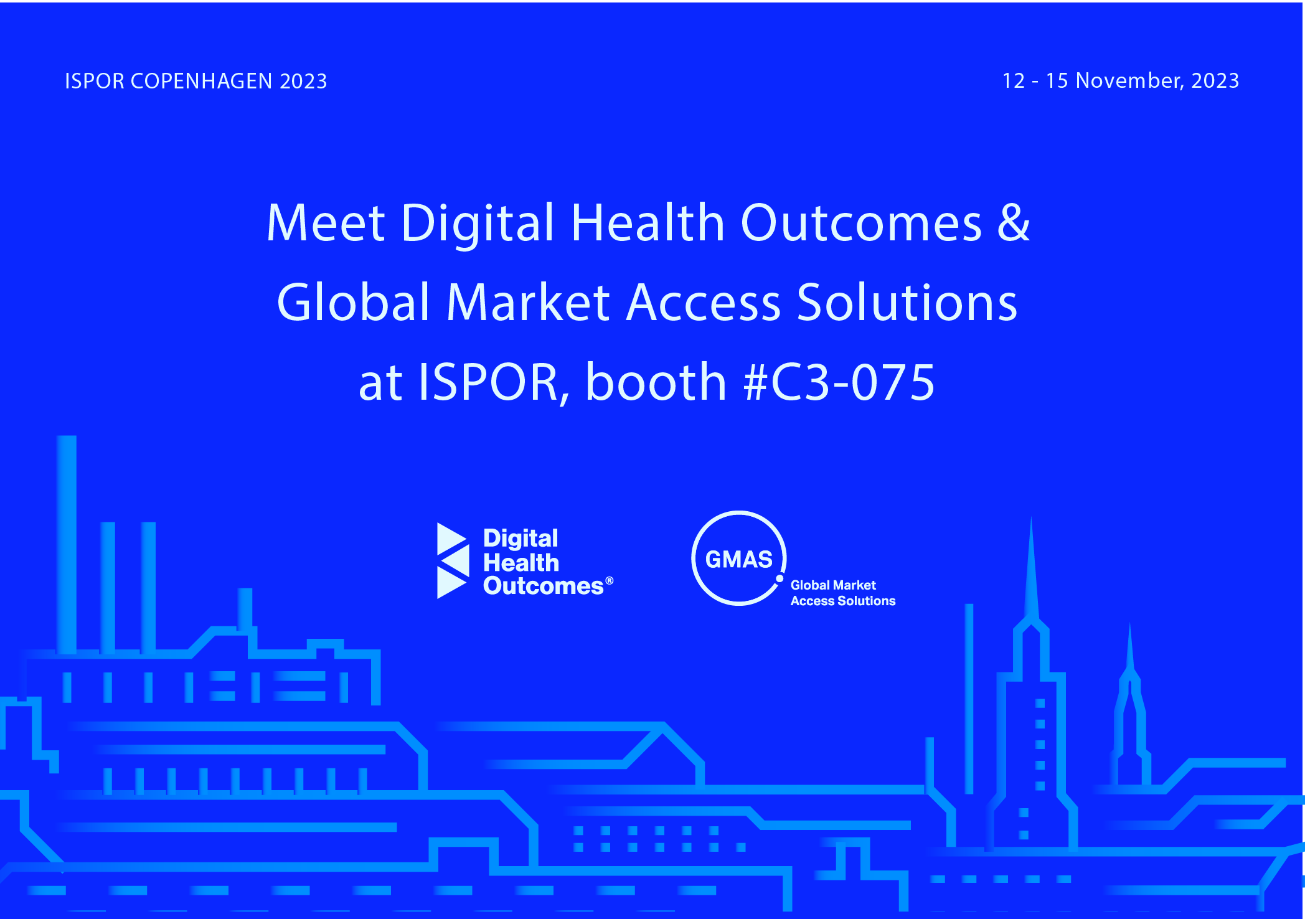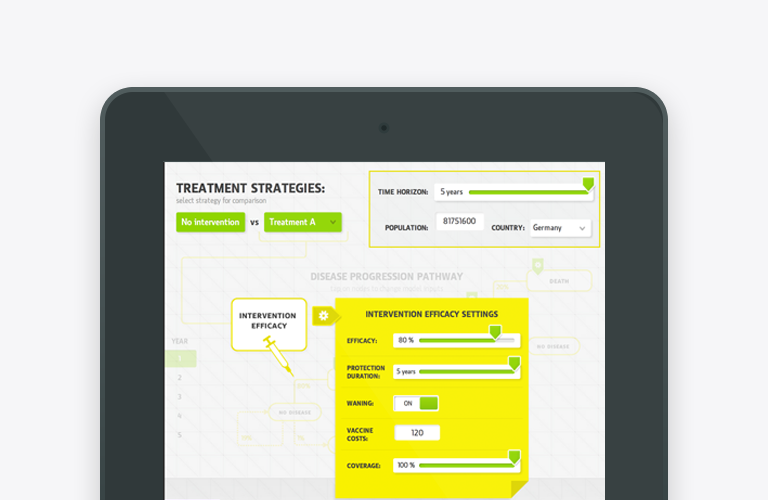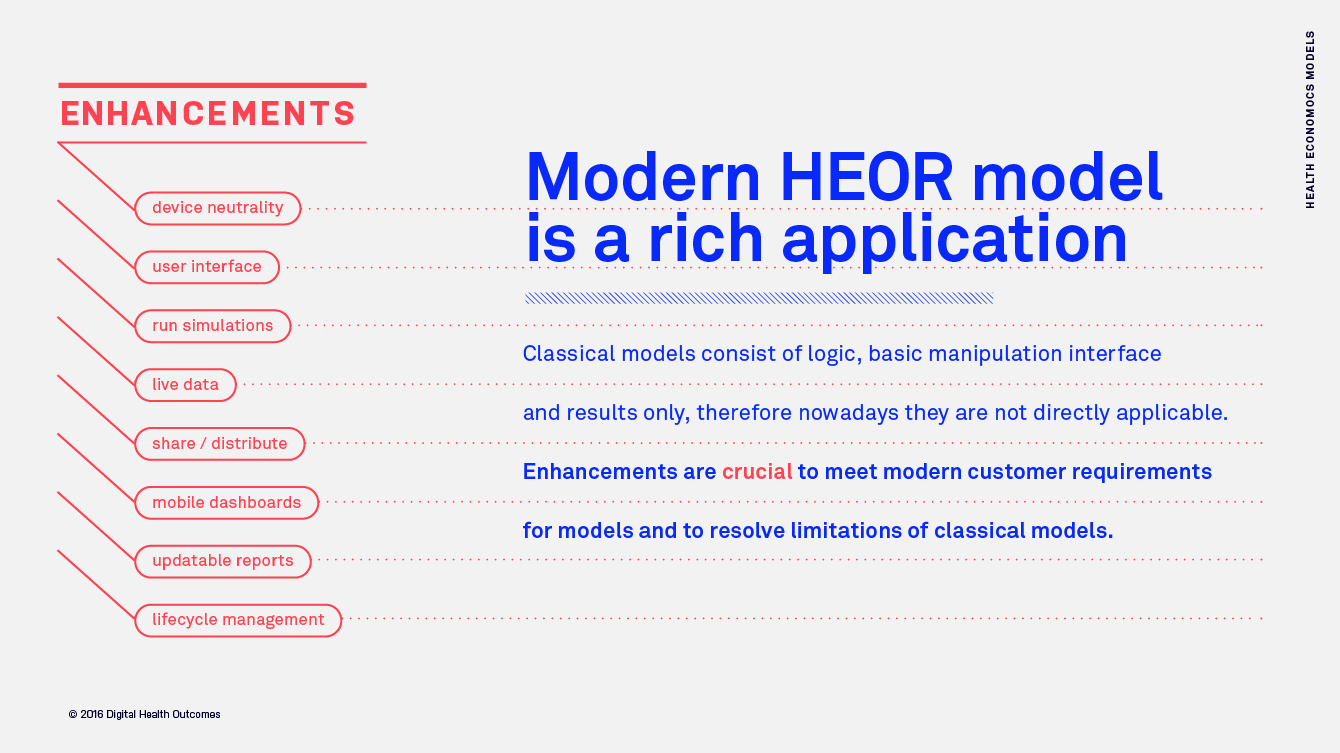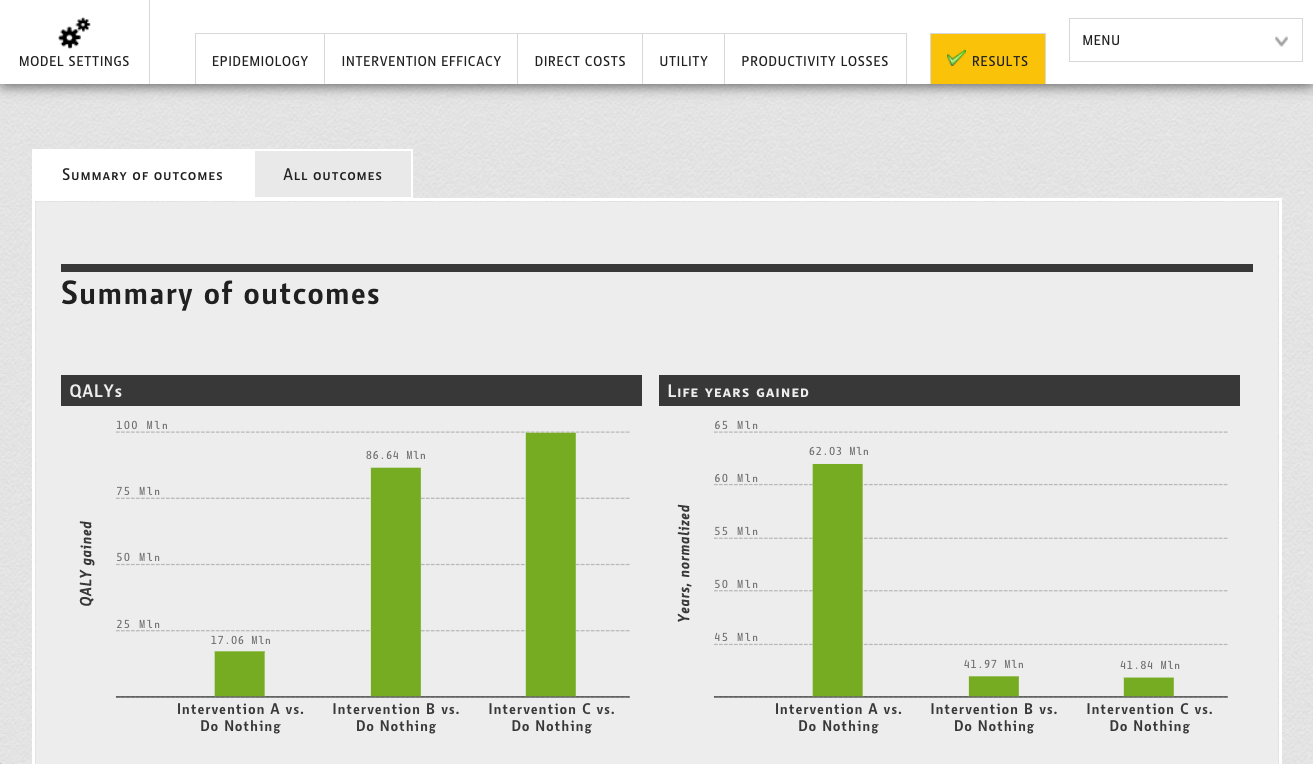
Before investing in a pharmaceutical product or a medical device company, a payer must evaluate the economic value of the proposed intervention. Hence, it’s important to understand modelling methods used to demonstrate the value and the difference between cost-benefit analysis VS cost-effectiveness analysis. The choice of method mainly depends on the nature of the project and the type of industry.
What is Cost-Effectiveness Analysis?
Cost-Effectiveness Analysis (CEA) in healthcare is used when the healthcare intervention benefits are not commensurate in monetary terms. Quantitative characteristics practically do not matter here, but it considers how much easier and faster the treatment is, how life expectancy and quality of life increases, what the costs of preventing diseases will be, whether this can affect people in favor of a healthy lifestyle, and how it simplifies therapy.
Cost Effectiveness Ratio (CER) is calculated using the formula:
The point is that even if the intervention and investment can be expressed in financial terms, it should not be evaluated only by this metric. Still, quality of life indicators should also be taken into account.
Cost-effectiveness analysis is used not only for health care and pharmaceuticals but also for other essential industries, including sports or education. It allows it to measure technical efficiency at which health is produced with a given medical technology. Quality Adjusted Life Years (QALY) are usually selected as a generic measure of health for cost-effectiveness analysis. QALYs can capture survival and quality of life benefits of intervention.
What is Cost-Benefit Analysis?
Cost-Benefit Analysis (CBA) involves the calculation of benefits and costs. So, it would be best if you calculated all the possible fees associated with a new project and calculated the approximate profit or Net Monetary Benefit (NMB). If the income is higher than the losses, this project deserves your consideration and further investment.
When making a decision, you need to consider both direct and indirect costs. Here you need to understand that the costs will be one-time (the purchase of equipment), and recurring (payment of rent and salaries).
When calculating cost benefit, you must also consider:
- the potential value is forgone by investing in alternative investments;
- the total cost of the project;
- possible problems due to failure.
Cost-benefit analysis is excellent for short-term and long-term projects, including large enterprises. It allows you to contribute to economic evaluation because you can analyze in more detail all the processes on the market, and you can also take into account the data obtained, depending on the specifics of your project.
The cost-benefit over time is calculated by discounting future cash and outcomes flows.
What is the difference between Cost-Effectiveness Analysis and Cost-Benefit Analysis?
The difference between cost-benefit and cost-effectiveness is quite significant. It is primarily because they are used for various purposes. Cost-effectiveness is used when the project costs more money (the safety of human lives or an investment in the future) but also generates more benefits (health). This is used for the healthcare system and pharmaceuticals. And CBA is taken into account when the project involves the multiplication of assets, and the quantitative value is of great importance. It can be used both when creating a small chain of stores and building large factories. In healthcare, cost-benefit analysis takes the form of a budget impact model that takes into account healthcare costs only.
Choosing an Analysis Method
The choice largely depends on the project you are working on. So, cost-benefit analysis is used to calculate or demonstrate financial benefits for projects created. Initially, you need to build a program that will consider all the services and goods you will provide, define how much you plan to earn for them, how much you need to spend on the project, and take into account all possible risks.
Cost-effectiveness method is mainly used for the healthcare system, pharmaceuticals, and other projects where the difference in costs and difference in benefits will be positive in favor of intervention.
Choosing an analysis method is not a big deal. The main thing to consider is the payer or health technology assessment audience you will be addressing, the healthcare settings of your project and the goals you are pursuing.

